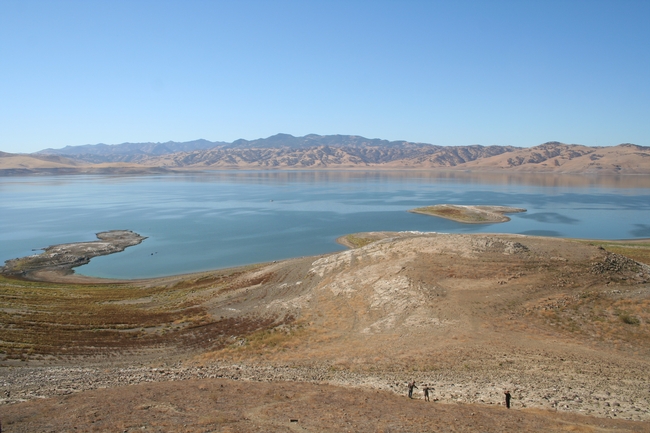
In California, Siegler reported, water is moved through a network of dams, canals and pipes from the places where it rains and snows, to places where it is needed, like farms and cities.
"The system that we have was designed back in the 1930s through 1950s to meet population and land use needs of the time," Parker said. "Now things have changed in the state and that system really hasn't evolved to keep up with the times in California."
The system was designed when the California population was about 10 million. Now the population is 38 million. It was also designed during an unusually wet period of history.
"And the question is, how is that system going to perform in 2050?" Parker said.
The story outlines three ways the state is coping with the drought:
- A $7 billion water bond to upgrade that massive infrastructure system is on the Nov. 4 ballot. The measure would pay for building two new large reservoirs and the expansion of dozens more. There is also tens of millions of dollars earmarked for water recycling and reuse.
- Efficiency, such as capturing urban waste water, treating it and using it on farms. Passage of the water bond will allow for this strategy to expand.
- Water conservation. The example Siegler gave was an executive order by Los Angeles Mayor Eric Garcetti, which aims to cut freshwater use in his city by 20 percent in the next three years.
Listen to the NPR story here: